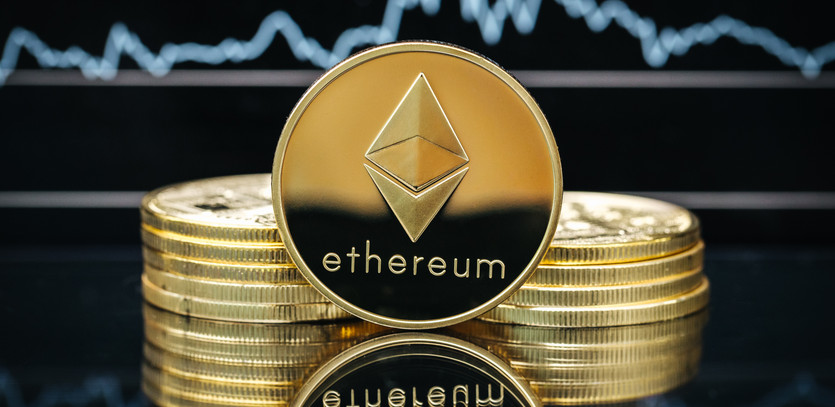Ethereum Stands Strong Amid Regulatory Concerns
While there's potential for Ethereum to eventually clash with the SEC, current indicators hint that Ethereum, or ETH, is likely to sustain the $1,800 price point. Following the news of the United States Securities and Exchange Commission (SEC) lawsuits against cryptocurrency exchanges Binance and Coinbase, Ethereum's price dipped to $1,780, yet it successfully maintained above its 67-day support level.
The SEC's actions present both opportunities and challenges for Ethereum. On Crypto Twitter, some commentators believe Ethereum's resilience is partly due to its absence from the SEC's charges against Binance and Coinbase. Notably, direct Ethereum competitors such as BNB, Solana, and Cardano were explicitly named in the lawsuits.
The SEC's Take on Ethereum: An Unanswered Question
However, as analyst Jevgenijs Kazanins highlighted, Ethereum's exclusion from the cases doesn't necessarily equate to SEC approval. He speculated whether the SEC might bring a separate lawsuit against the Ethereum Foundation, but this remains purely conjecture at this stage. Adding fuel to the speculation, SEC Chairman Gary Gensler declined to clarify Ethereum's status during an April 2023 session of the U.S. House Financial Services Committee.
In the interim, traders can concentrate on Ethereum's price trends, network statistics, and additional data affecting investor sentiment and near-term price changes.
A Minor Uptick in Ethereum DApps Activity
The total value locked (TVL), which quantifies the deposits secured in Ethereum's decentralized applications (DApps), has been declining since mid-March. However, after hitting a low of 14.35 million ETH on June 3, the TVL rebounded to 14.6 million ETH by June 6, according to DefiLlama.
Active addresses engaging with DApps have also seen a downturn. Despite an average transaction gas fee above $6.50, the top 12 DApps on the Ethereum network recorded a 4% rise in active addresses over the past 30 days.
Potential fears of Ethereum dropping below the $1,800 support would typically manifest in the ETH futures contract premium and escalated costs for protective put options.
Ethereum Derivatives Market Remains Neutral Amid Regulatory Pressure
Fixed-month Ethereum quarterly futures are a favorite among large investors and arbitrage desks. They often command a slight premium over spot markets, suggesting sellers demand more compensation for postponing settlement. Thus, under normal market conditions, ETH futures contracts should exhibit a 4 to 8% annualized premium, a phenomenon known as contango, which is not exclusive to the crypto market.
Professionals, according to the futures premium or basis indicator, have been steering clear of leveraged longs. Yet, even the $1,780 retest on June 6 failed to turn these major players and market makers bearish.
To isolate factors affecting Ether futures, one can study the ETH options markets. The 25% delta skew indicator that juxtaposes comparable call and put options becomes positive when protective put option premiums exceed those of call options, implying prevailing market apprehension.
A skew indicator above 8% suggests traders fear an Ethereum price collapse. Conversely, a skew below -8% indicates market enthusiasm. The skew rose above 8% on June 5, signaling bearish sentiment, but bounced back to neutrality following Ethereum's recovery to $1,880 on June 6.
Ethereum is Likely to Stay Above $1,800
In essence, the three indicators - TVL rebounding to 14.6 million ETH, a 4% surge in active addresses for DApps, and minimal impact on Ether derivatives markets despite the $1,800 level retest - point towards Ethereum's resilience. Healthy Ethereum network usage and the recent successful defense of the 67-day support have not spooked professional traders, as derivatives metrics indicate.
As a result, bullish investors appear to have avoided a significant setback, substantially reducing the risk of a sharp price drop in the immediate future.




